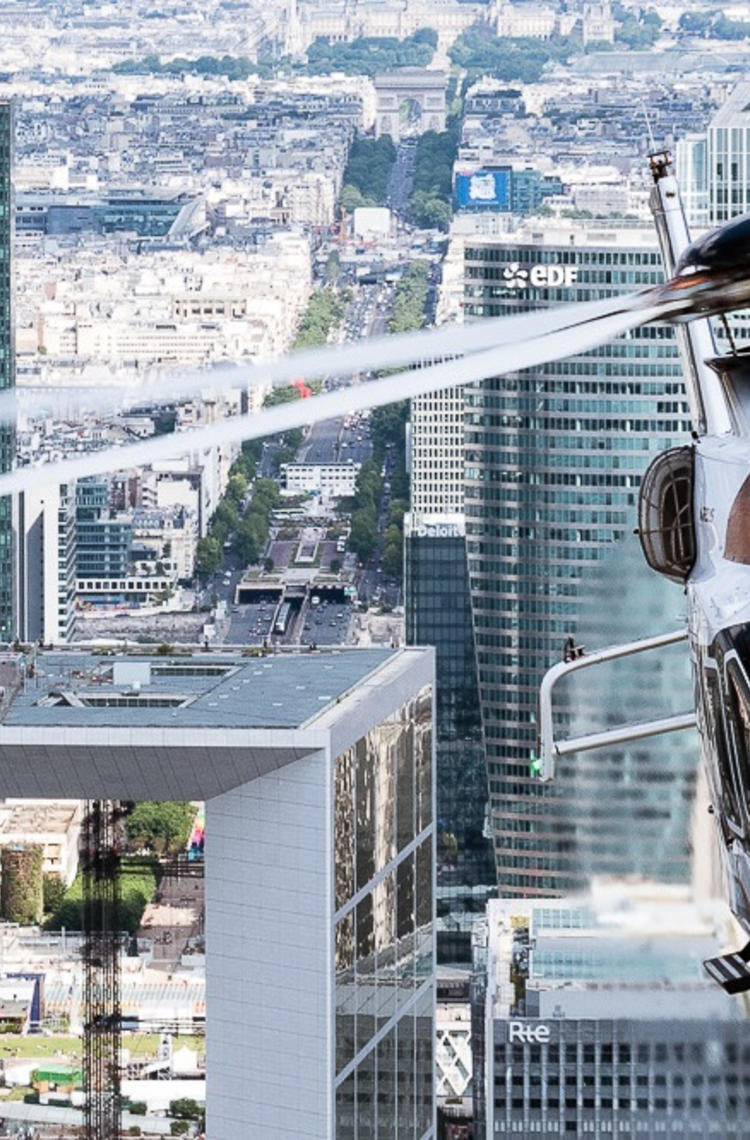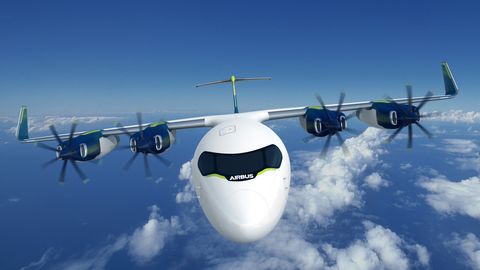Innovating for quieter urban skies
MINIMISING SOUND
Keeping sound emissions at a minimum is an essential lever to achieving sustainable air transport for future generations. At Airbus, we are committed to reducing our noise footprint and ensuring that helicopters are smoothly integrated into citizens’ everyday lives.
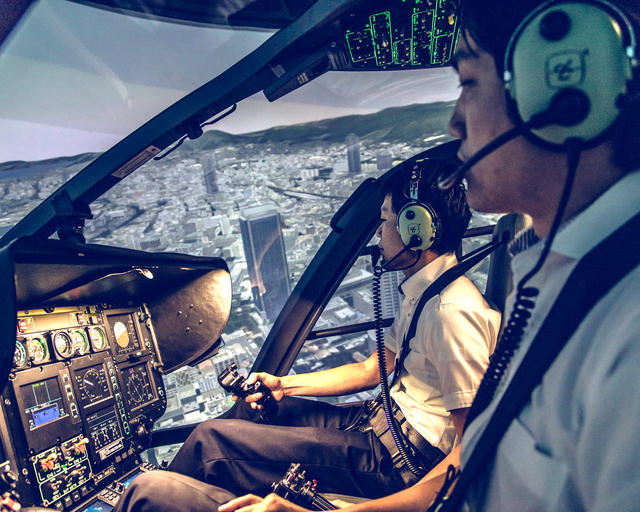
Source of sound emissions in helicopters
The main source of sound emissions from helicopters is the rotors, which produce several types of sound. The causes vary and can include the following:
- Air displacement
- Forces acting on the air that flows around the blade
- Aerodynamic shocks and turbulent boundary layers on the blade surface
Engines – and to an even lesser extent the main gearbox – can generate sound, too. But this is mainly noticeable only near the helipad and is less audible from a distance.
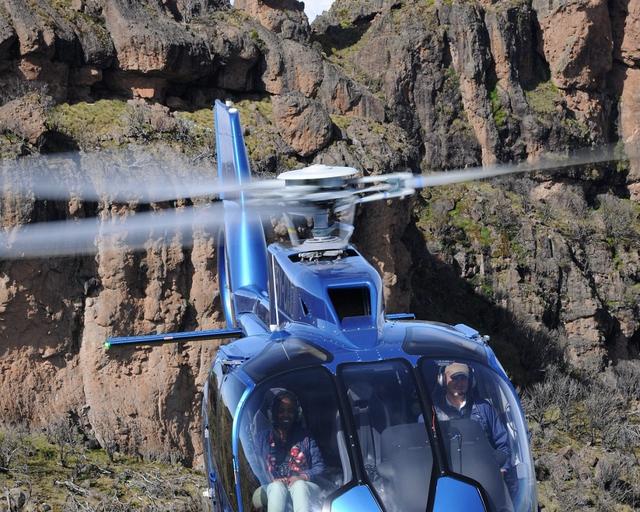
Industry-wide helicopter benchmarks in low sound levels
Complying with existing industry-wide sound regulations is no longer enough: our goal is to go beyond that. Airbus Helicopters is continuously looking at ways to lower the sound level of our rotorcraft.
Today, our H130, H135, H145 and H160 are industry-wide benchmarks for low sound levels in their respective classes. The new-generation, medium twin-engine H160 benefits from a 5 dB lower sound level compared to previous-generation helicopters. These improvements are thanks to the following:
The curved Blue Edge main rotor tails, which provides a 50% reduction in exterior sound levels
The continuous evolution of the Fenestron shrouded tail rotor
New design features, such as automatic variable rotor speed control system and main rotor blade design
Sound reduction for quieter future urban travel
Flying is essential in many missions, and even more so in difficult-to-access or congested areas. To best serve operators in urban environments, Airbus is testing new sound-reducing features on our products, including as part of our Urban Air Mobility programme.
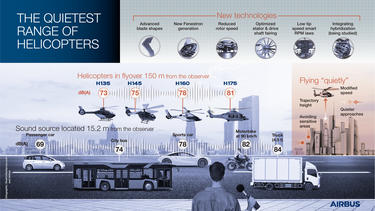
Providing urban areas with quieter means of transportation is fundamental to designing helicopters for the cities of tomorrow. Public acceptance is a challenge that we intend on tackling through continuous improvement, as well as the addition of disruptive technologies on our aircraft.
For these new concepts, we leverage a strategy based on several pillars:
- Conducting noise measurements on flying demonstrators
- Creating digital simulations to understand and minimise noise generation phenomena
- Conducting tests on key elements, such as rotors and propellers, on our test benches to optimise sound level emissions
To further our research on sound reduction for future fleets, Airbus Helicopters’ innovation and acoustics teams, supported by the French civil aviation authority DGAC, launched a study to measure the sound levels of Airbus helicopters perceived by urban residents. The objective is to understand, predict and improve the social acceptability of VTOLs in urban areas and influence the design of future eVTOLS.
The latest in helicopter sound footprint
In the spotlight
-
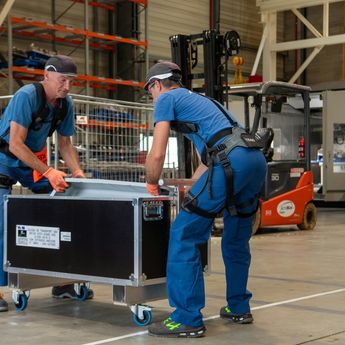
Web Story Innovation
Powering production and protecting people with exoskeletons
Discover how Airbus is revolutionising aircraft production with industrial exoskeletons that improve ergonomics and safety for workers. -
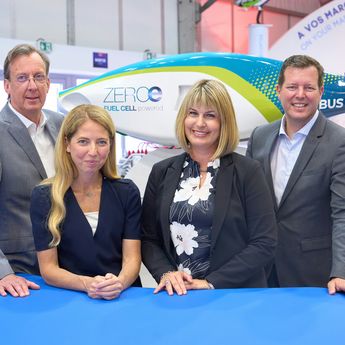
Press Release Innovation
Airbus and MTU Aero Engines advance on hydrogen fuel cell technology for aviation
-
Press Release Innovation
Airbus and Critical Software explore strategic partnership in embedded software…
-
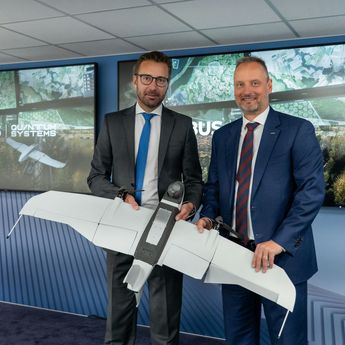
Press Release Defence
Strengthening Europe's sovereignty: Airbus and Quantum Systems work on ecosystem for…
-
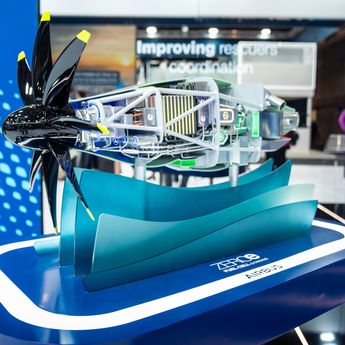
Web Story Innovation
Airbus at Paris Air Lab 2025: Discover Tomorrow, Today
